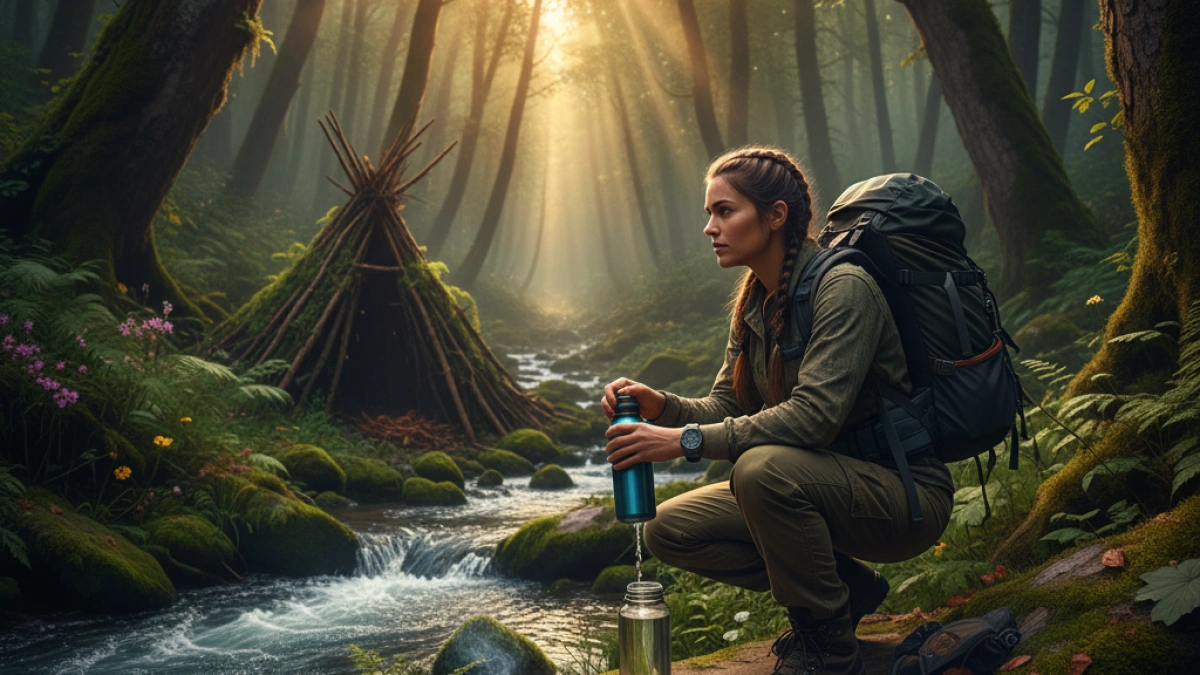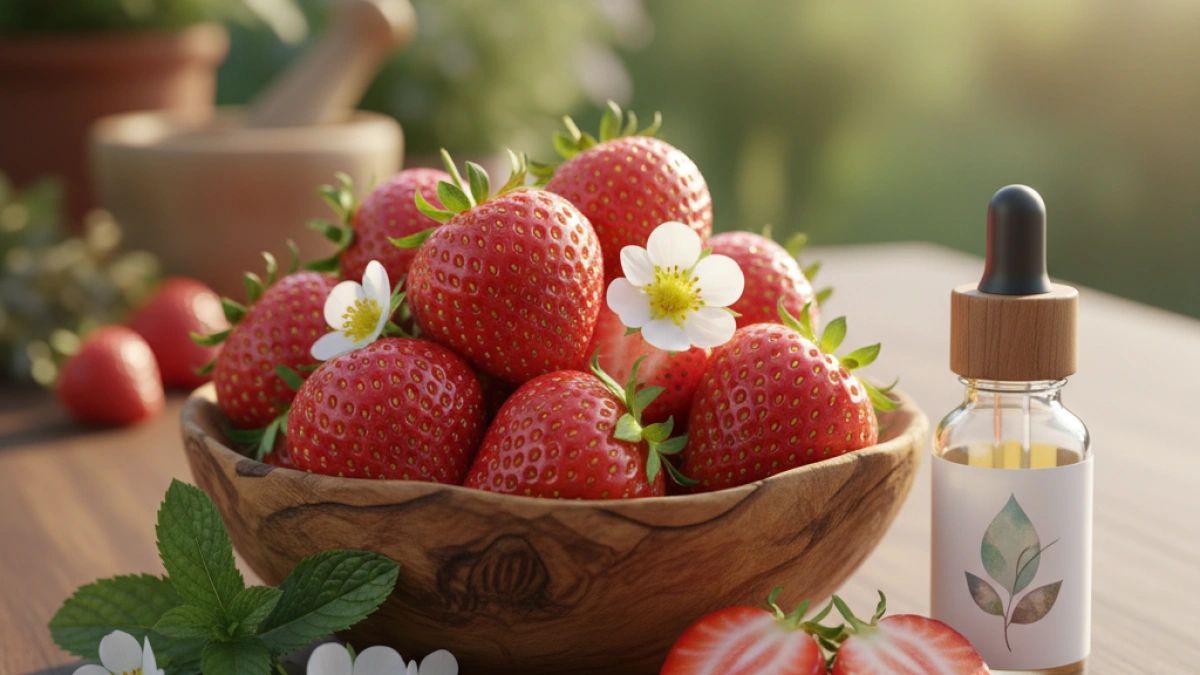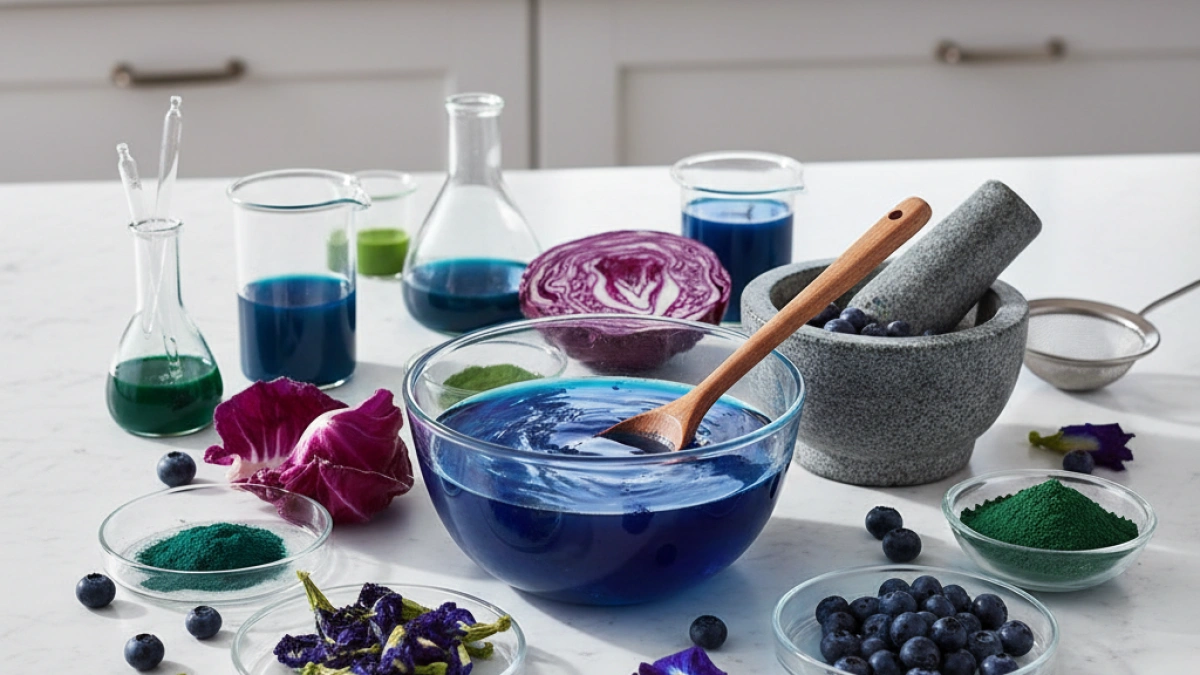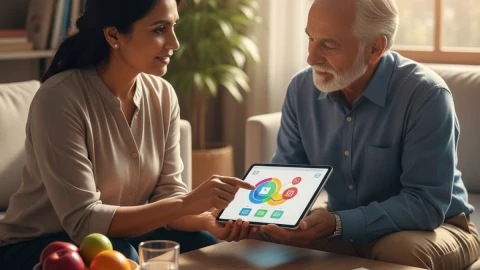Drinking Water from a River: A Guide to Safely Hydrate
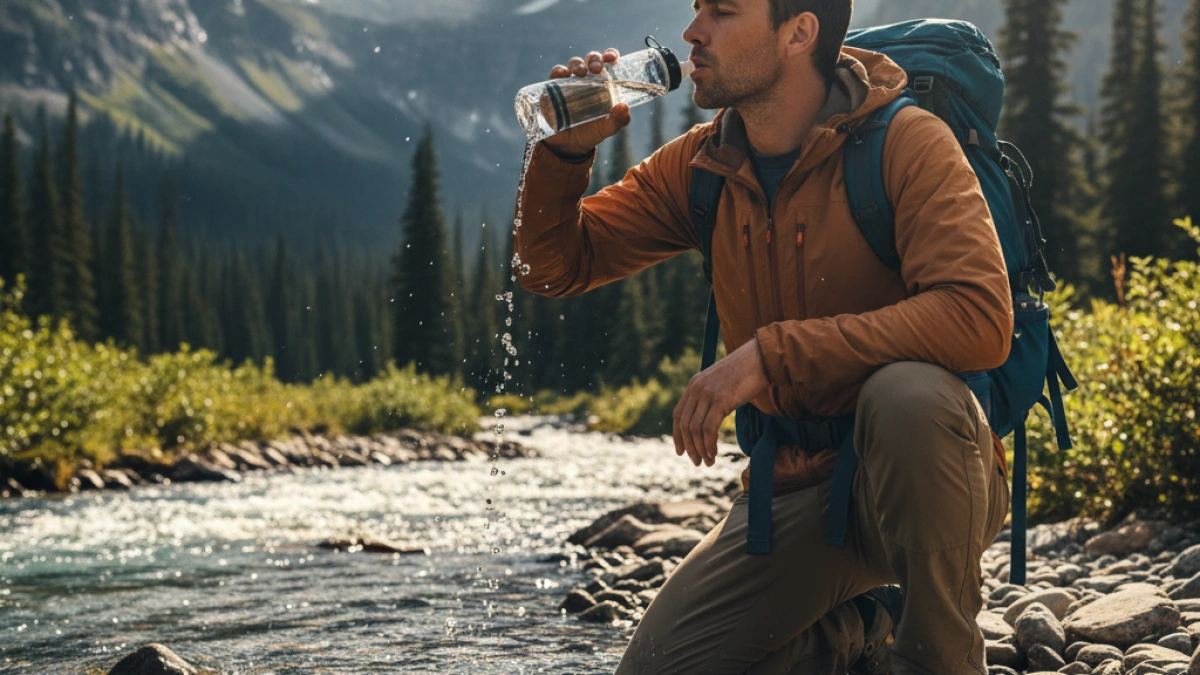
When going on a hike, it is common to come across a river with crystal-clear water that may seem extremely tempting. However, the question arises: is it really safe to drink water from a river? The brief answer is: probably not. Although it may look clean at first glance, that water can harbor hidden dangers that threaten health. This article examines the potential risks and the methods that can be employed to purify water and ensure it is safe for consumption.
The Hidden Danger in "Pure" Natural Water
The absence of visible trash in the water does not guarantee that it is safe to drink. According to data, only 10% of the planet's freshwater is actually available for human consumption, and much of it is contaminated by agricultural (70%) and industrial (20%) activities. Below are the risks associated with different water sources:
- Large rivers and canals: It is advisable not to drink from these, as they often carry human waste, including solid waste and wastewater from treatment facilities that can contaminate the water along the way.
- Medium rivers: Caution is especially needed here. The water may come from far away and could have been contaminated by livestock (manure) or agriculture (pesticides, fertilizers), which could introduce pathogens into the water.
- Small mountain streams: These represent a safer option, as there are fewer sources of contamination. However, factors such as animals drinking from these streams and birds that may contaminate the water through their droppings should be considered.
- Stagnant water: It is never advisable to drink stagnant water, as it becomes a favorable environment for the growth of dangerous microorganisms.
- Springs: These are the safest source, as the water comes directly from the inside of the mountain. However, to ensure complete safety, it is always recommended to purify it.
A crucial point to keep in mind is that, in survival situations, it is better to go a day without water than to risk drinking contaminated water and ending up sick in a hospital.
Read also
Know Your Enemy: What’s in Contaminated Water?
Understanding the need to filter and purify water requires knowledge of the microorganisms that may be present. Filters must have pores small enough to block these organisms:
- Protozoa: They are relatively large, ranging from 10 to 50 micrometers, comparable to the diameter of a human hair.
- Parasites: They measure between 2 and 6 micrometers.
- Bacteria: They are much smaller, with sizes ranging from 0.5 to 3 micrometers.
- Viruses: They are the smallest and most dangerous pathogens, measuring between 0.02 and 0.009 micrometers; many conventional filters are unable to catch them.
How to Purify Water for Safe Drinking?
There are several methods to purify water; ideally, filtration and disinfection should be combined:
- Boiling water: This classic method is very effective at eliminating viruses, bacteria, and parasites.
- Chemical disinfection: Adding a few drops of chlorine or bleach is very effective at killing microorganisms, especially viruses that are hard to filter out.
- Filtration: It is essential to use a portable water filter. First, the water should be filtered and then disinfected. If bleach is added to water with floating particles (like algae), it could hinder the disinfectant's penetration and allow pathogens to survive.
Types of Portable Filters and Their Effectiveness
The market offers various options for filtering water in nature. Below is an analysis of several types of filters based on field tests:
Read also
- Straw filter (LifeStraw or similar):
- Advantages: Lightweight and easy to use; allows direct drinking from the source.
- Disadvantages: Not practical if you want to store purified water or if it needs to be boiled or treated with chlorine, as you would need to spit it into a container.
- Screw-on filter (Sawyer Squeeze, LifeStraw Peak or similar):
- Advantages: Compact and versatile; makes it easy to screw onto a bottle for filtering water into another container for later use and disinfection. It is considered a robust and highly recommended option.
- Disadvantages: You need to ensure the thread is compatible with the bottles used.
- Bottle with integrated filter (Grayl, LifeStraw Go or similar):
- Advantages: Very practical, as it acts as both a canteen and a filter; some models, like the GeoPress, even remove viruses. The filtered water is typically remarkably clear, even if the source is murky.
- Disadvantages: Certain models may impart a plastic taste; the more efficient ones, like the GeoPress, require considerable effort to filter the water.
- Pump filter with hoses:
- Advantages: Allows filtering large quantities of water without getting too close to the shore.
- Disadvantages: It is complicated to transport and set up; the hose can suck up sediments from the bottom, which can quickly clog the filter and contaminate the water within the system.
Conclusion: Safety First
Drinking water directly from natural sources carries unnecessary risks. Even the cleanest-looking water can contain microorganisms capable of causing serious illnesses. The safest strategy is to carry a reliable purification method. Combining a good portable filter with a disinfectant like chlorine ensures safe hydration in any adventure.
It is crucial to always assess risks and the need for water; when in doubt, the best decision is to purify. For more tips on outdoor activities and safety, feel free to check out more content on the blog.
